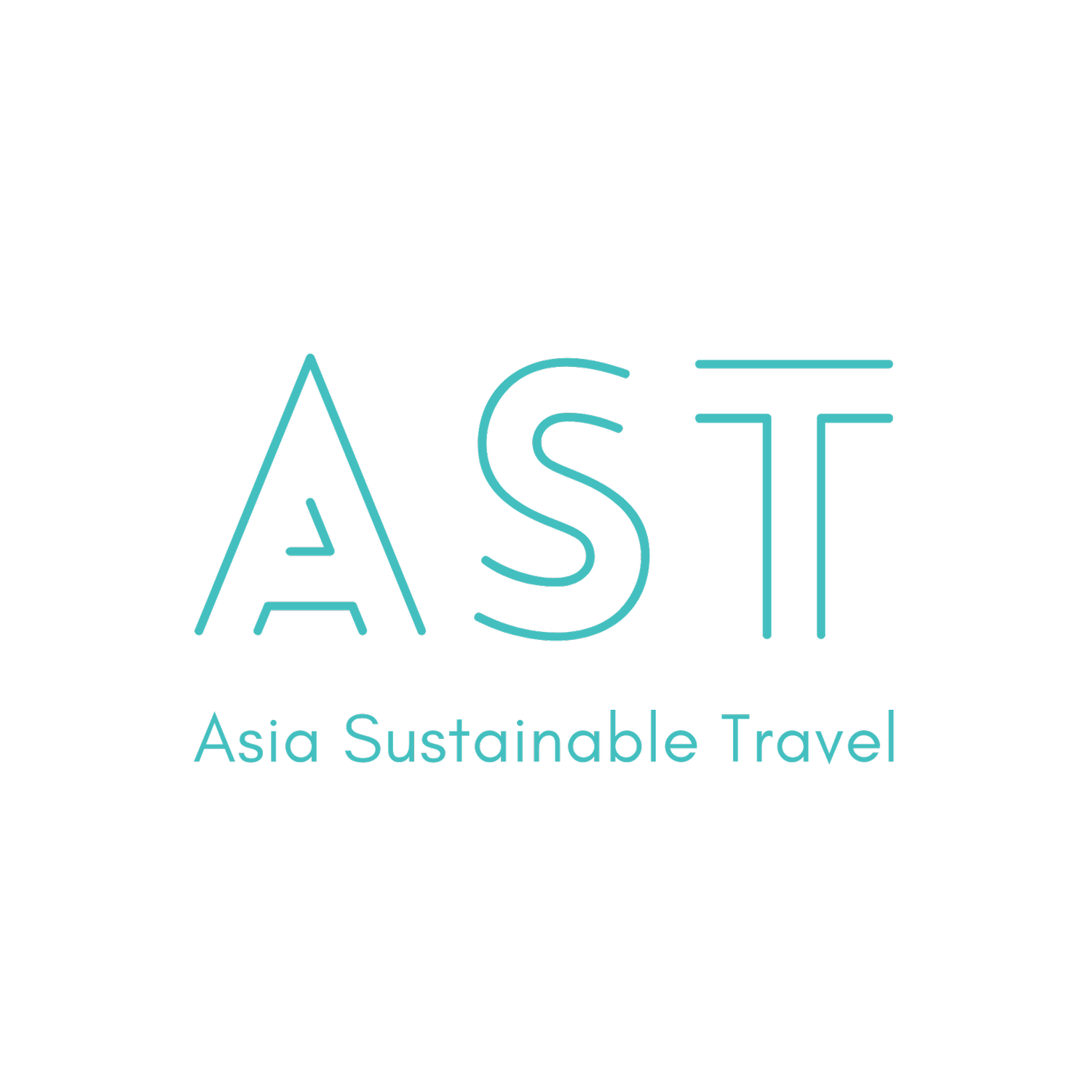The Race to Net Zero: Clean Energy Transition Challenges and Strategies for Hotels
Reducing carbon emissions is the number one remedy to fight climate change. With the energy sector accounting for over 70% of global carbon emissions, it is important to address this head-on.
A recent study by the International Tourism Partnership suggests that the global hospitality industry must decrease emissions by 66 percent by 2030 to limit global warming to no more than two degrees Celsius, which is the threshold as outlined in the Paris Climate Accords.
Sign up to read this post
Join Now

